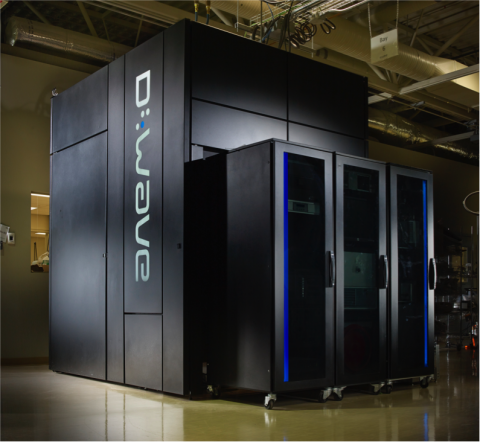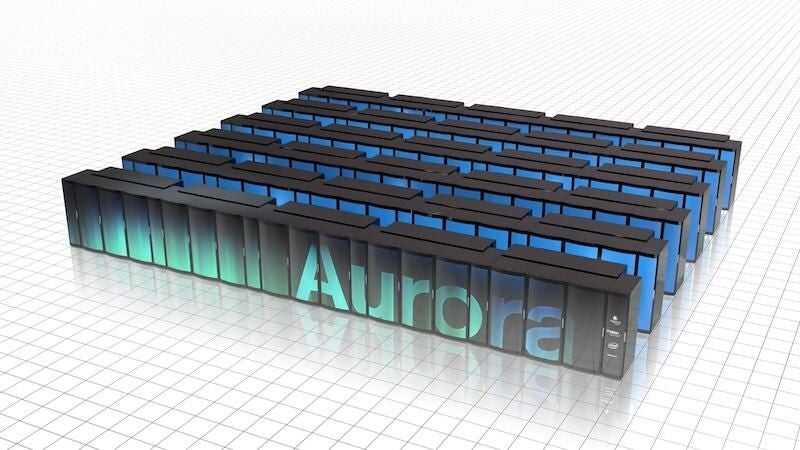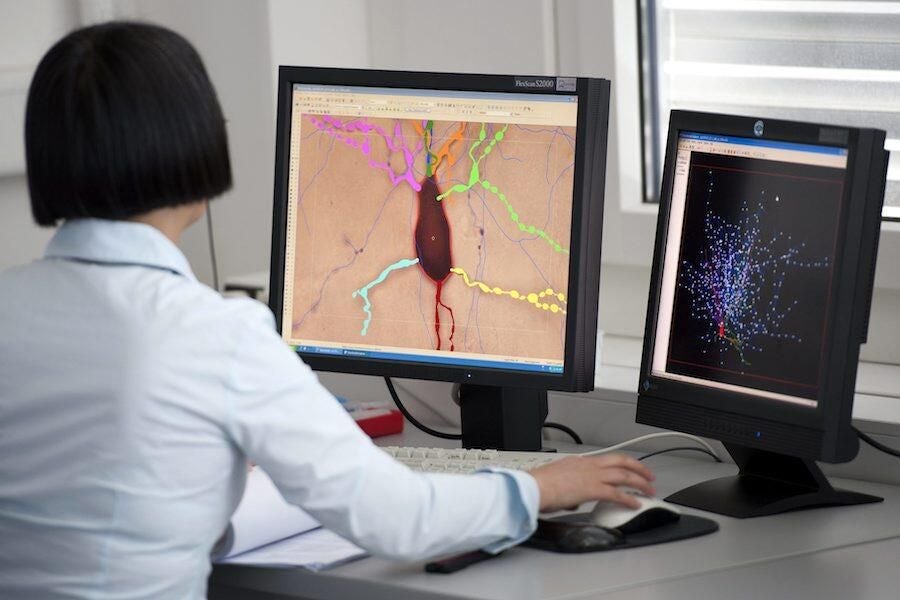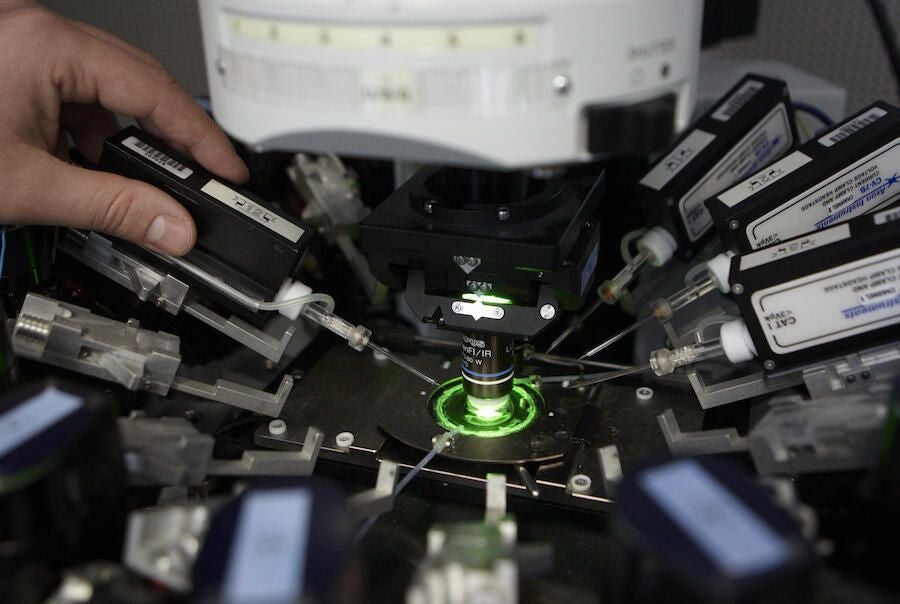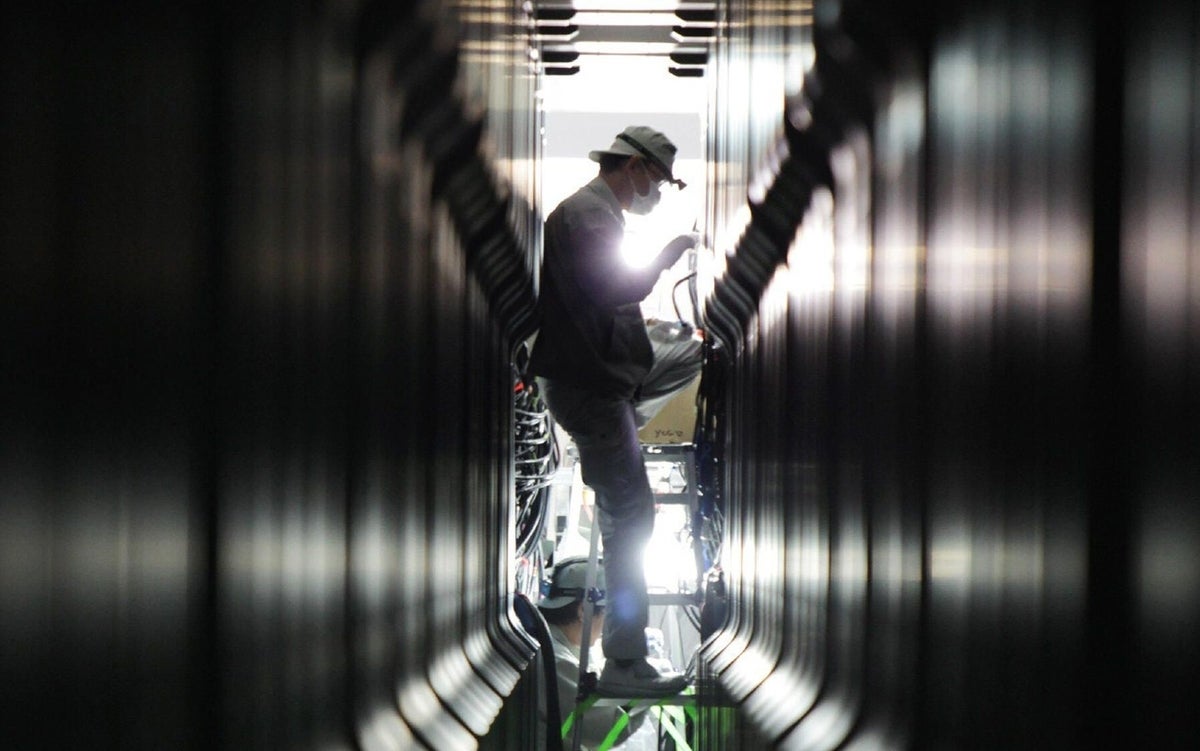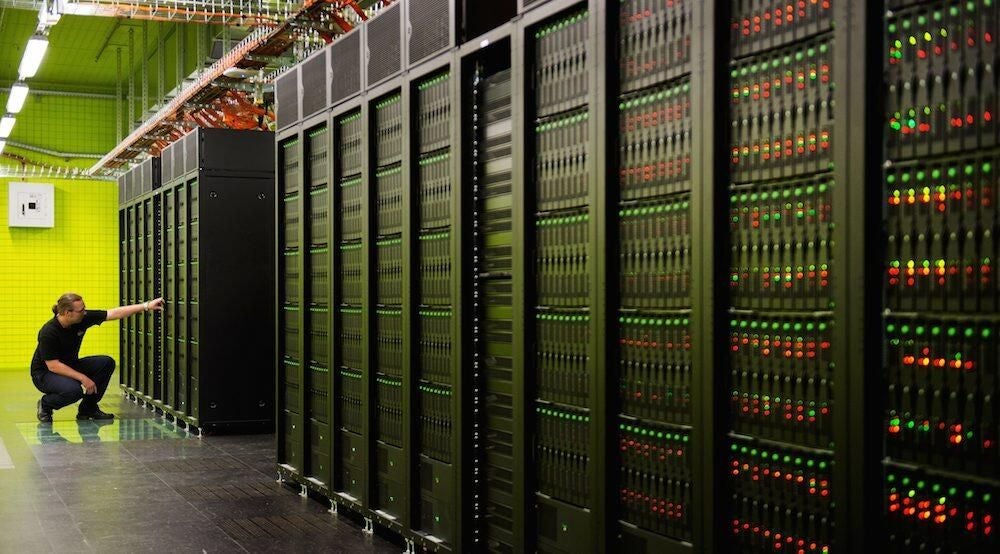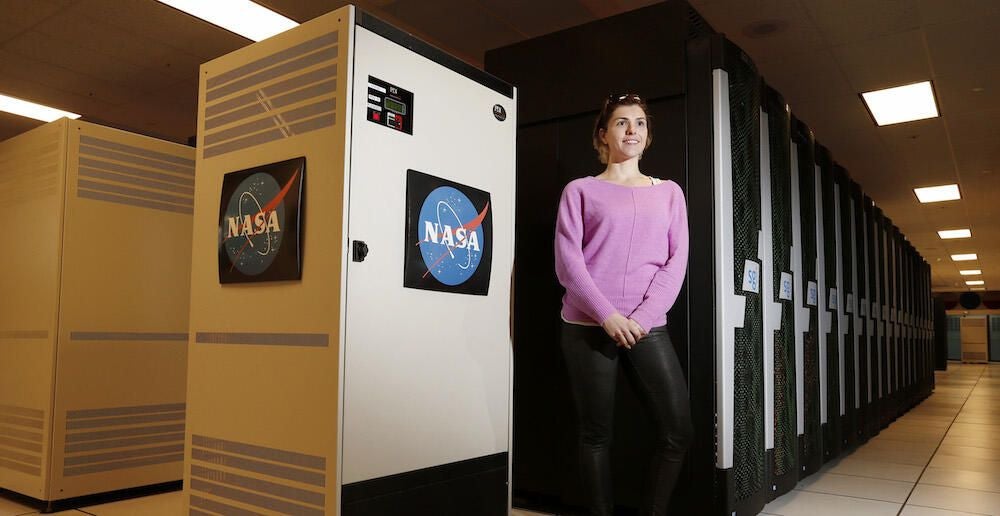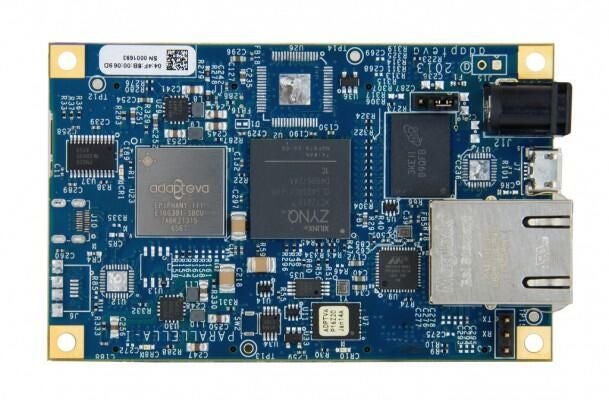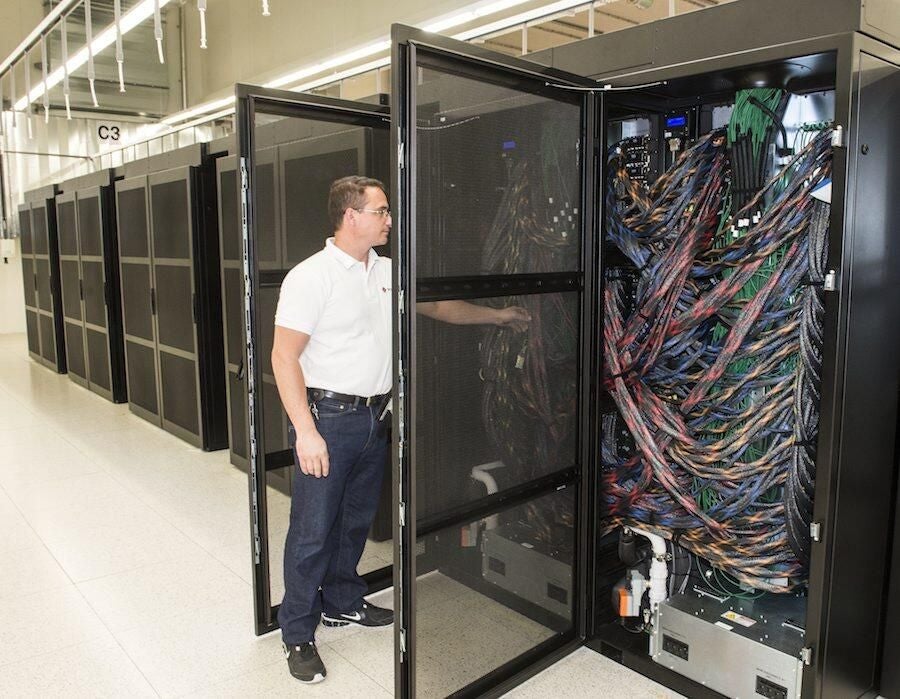Secrets of the superfast computers of tomorrow
Image 1 of 14
The thorniest problems, solved in days
Qubits allow multiple states to be simultaneously stored. The process, known as superposition, gives quantum computers (envisioned in this concept art) exponentially faster processing speeds.
Problems that would take traditional computers millions of years to solve could instead take days.
But they can't take the heat
One of the challenges, however, is building a chip that can support multiple qubits. The problem: Quantum computers need to operate at near-absolute zero temperatures.
Right now, D-Wave is the only quantum computing company that has managed to manufacture a processor with more than 1,000 qubits, a milestone that paves the way for further advancements in the field.
Can we beat China?
We may be years away from fully harnessing the power of quantum computers, but that hasn’t stopped the U.S. government from pursuing the next-best thing, a supercomputer that will be more than five times faster than China’s Tianhe-2, shown here.
Get to know petaflops
Contracted by the US Department of Energy, the supercomputer named Aurora will be able to reach a peak performance of 180 petaflops, or 180 quadrillion operations a second.
Speed beyond reckoning
Need help visualizing a quadrillion? An average American employee would have to work full-time for 250 million years to earn a quadrillion pennies.


Aurora's potential: Pick a technology
Aurora's potential: Pick a technology
The Aurora will be primarily dedicated to scientific projects. Other potential uses: designing better batteries and solar panels, or improving transportation systems and wind turbines.
The Aurora will be built by Intel and Cray Inc., and will cost $200 million to build. It’s expected to become operational by 2018.


Harnessing the most powerful computer
Harnessing the most powerful computer
Most supercomputers are built to take on multiple scientific projects, but the Blue Brain Project has just one simple goal: to reverse-engineer the human brain and create a virtual brain in a supercomputer.
Neuron by neuron
Started in 2005 by the u00c9cole polytechnique fu00e9du00e9rale de Lausanne in Switzerland, the objective of the Blue Brain Project is to simulate each neuron of the human brain to better understand the brain and the development of neurological diseases.
Here, Blue Brain scientist Ying Shi eyeballs a 3D animation of one such brain neuron.
$1 billion brain
Considering there are around 100 billion neurons in an average human brain, the scope of the simulation is staggering. Perhaps that’s why the project is starting smaller, with rat brain tissue, shown here undergoing a Blue Brain experiment.
Thanks to a $1.3 billion grant from the European Commission in 2013, the project is well underway, with an estimated completion date in 2023.
Spy supercomputers?
With so many supercomputers in operation worldwide (including Japan’s K Computer, shown here), it’s no wonder that the U.S. government is trying to research the next best thing.
Partnering with IBM, Raytheon, and Northrop Grumman, IARPA, the super-secretive arm of the U.S. Department of Defense’s DARPA project, is doing just that.
Make way for the exaflop
Known as Cryogenic Computing Complexity, or C3, the project is expected to pave the way for exascale computing, which would allow computers to perform 1,000 petaflops, or 1 exaflop, a second.
Unlike most modern supercomputers (like this petaflop computer in Germany), the C3 would involve superconductors that don’t need heavy-duty cooling solutions.
Stone cold amazing
Further, C3 would develop cryogenic memory, which as the name implies, would serve as a supercooled memory complement to the superconducted processors.
If successful, C3 would seem light years ahead of today’s most amazing computers, such as NASA’s Pleiades.
That said, it’s currently unclear when the first C3 supercomputer will see the light of day.
Supercomputers at home
What if, instead of being limited to scientists, researchers, and analysts, everyone had access to a supercomputer?
That’s the thinking behind supercomputer.io, an online collaborative that crowdsources computing power from thousands of users who own a Parallella computer, a multi-core bare-bones computer sold by Adapteva.
Processor pipe dreams
It’s expected that supercomputer.io will grow its userbase, unlocking its potential to use tens of thousands and even a million cores, allowing it to tackle more complex problems.
Until that day, supercomputers such as Switzerland’s Piz Daint, with its 36,096 cores (shown here), will just have to do.

